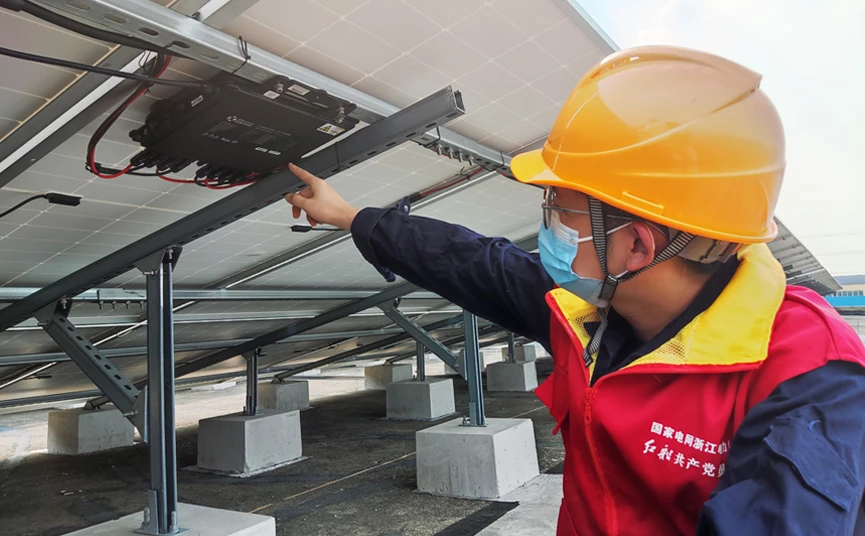Trends and Analysis of Solar Inverter Prices in the Renewable Energy Market
The Solar Inverter Price Landscape Understanding Costs and Factors Impacting Pricing
The shift toward renewable energy sources, particularly solar energy, has gained significant momentum in recent years. As more homeowners and businesses invest in solar panels, understanding the costs associated with solar systems becomes increasingly important. One critical component of any solar energy system is the solar inverter, which converts the direct current (DC) produced by solar panels into alternating current (AC) usable by household appliances and the electrical grid. Thus, the price of solar inverters plays a pivotal role in the overall cost of solar energy systems.
The Basics of Solar Inverters
Solar inverters serve as the brain of a solar energy system. They are responsible for optimizing the production of electricity, ensuring that the system operates efficiently. Several types of solar inverters are available on the market, each with its own pricing structure
1. String Inverters These are the most common type of solar inverter and are typically the least expensive option. They work by connecting a series of solar panels in a string, meaning that the energy production of the entire string is dependent on its weakest panel.
2. Microinverters Unlike string inverters, microinverters are installed on each individual solar panel, allowing for optimized performance regardless of shading or panel orientation. This type generally has a higher initial cost but can result in better overall energy production.
3. Power Optimizers These devices are similar to microinverters but work in conjunction with a string inverter. They optimize the energy output of each panel while still utilizing a single inverter for conversion. Pricing for power optimizers falls between that of string inverters and microinverters.
While costs can vary, string inverters typically range from $1,000 to $3,000, microinverters from $2,000 to $5,000, and power optimizers usually sit in the middle of these price ranges.
Factors Influencing Solar Inverter Prices
solar inverter price

1. Technology and Features Advanced technology can significantly affect the price of solar inverters. Inverters with features such as real-time monitoring, integrated energy storage capability, and built-in safety mechanisms tend to be more expensive.
2. Brand Reputation Established brands may charge a premium for their products due to perceived reliability and longevity. Investing in a reputable brand can often lead to lower maintenance costs and better customer support.
3. Wattage Capacity Solar inverters are available in various wattage capacities, affecting their price. Higher capacity inverters can handle larger solar systems and usually come at a higher cost.
4. Installation Costs The price of the inverter is just one part of the total installation cost. Additional expenses include labor, permits, and any additional electrical upgrades needed for the solar system to function effectively.
5. Regional Variations The price of solar inverters can vary significantly depending on the region, influenced by local market conditions, availability, and demand.
The Future of Solar Inverter Prices
As technology advances and the solar industry continues to grow, experts anticipate changes in the price landscape of solar inverters. The ongoing development of low-cost manufacturing techniques and increasing competition among suppliers could lead to price reductions over time. Moreover, as energy storage systems become more integrated with solar technology, we may see new inverter technologies emerge, potentially affecting costs and efficiency.
Conclusion
Understanding the pricing of solar inverters is essential for anyone considering a solar energy investment. While lower costs may be tempting, it's crucial to assess the long-term benefits of advanced inverters that may provide higher efficiency and greater reliability. As the demand for solar energy continues to rise, so too will the options available to consumers. A well-informed choice can significantly impact not only the initial investment but also the long-term savings and performance of a solar energy system. By weighing the various factors that influence inverter prices, consumers can make informed decisions that align with their energy needs and financial goals, contributing to a sustainable future.
-
Unlocking Energy Freedom with the Off Grid Solar InverterNewsJun.06,2025
-
Unlock More Solar Power with a High-Efficiency Bifacial Solar PanelNewsJun.06,2025
-
Power Your Future with High-Efficiency Monocrystalline Solar PanelsNewsJun.06,2025
-
Next-Gen Solar Power Starts with Micro Solar InvertersNewsJun.06,2025
-
Harnessing Peak Efficiency with the On Grid Solar InverterNewsJun.06,2025
-
Discover Unmatched Efficiency with the Latest String Solar InverterNewsJun.06,2025







